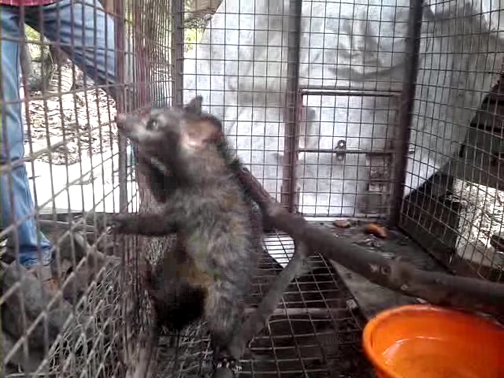The Masked Bandit!
-Ashwin Baindur
Here is a poem celebrating one of India's little known animals, which emerges at night and is harmless to man, yet people in their ignorance kill the animal on sight. All readers are requested to instruct family members, staff of their
departments, and servants not to kill this animal.
You hardly see me on the ground,
I’m slickest of all the mammals around,
Late at night when everyone’s asleep,
Then CME’s* all mine to creep!
Living in lofts of campus bungalows,
or holes in tree trunks far above,
Fruits, and insects are what I devour,
I am an accomplished omnivore.
I even eat some seeds such as coffee beans
that when excreted, cost beyond your means.
My scent glands give rise to an aroma nice,
called civet, which smells, just like basmati rice,
I’m harmless to humans, yet people fear,
me strangely; kill me without a tear,
Pray be merciful and please let me be,
I’m just one of nature’s banditry.
Call me Palm civet or toddy cat,
Enjoy my company,
For larger mammals in CME* you can no longer see,
For I too have my role like all the others
in our ecosystem’s biodiversity.
* College of Military Engineering, Pune
Click on the image below to see an earlier article on the palm civet in our ezine
